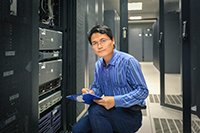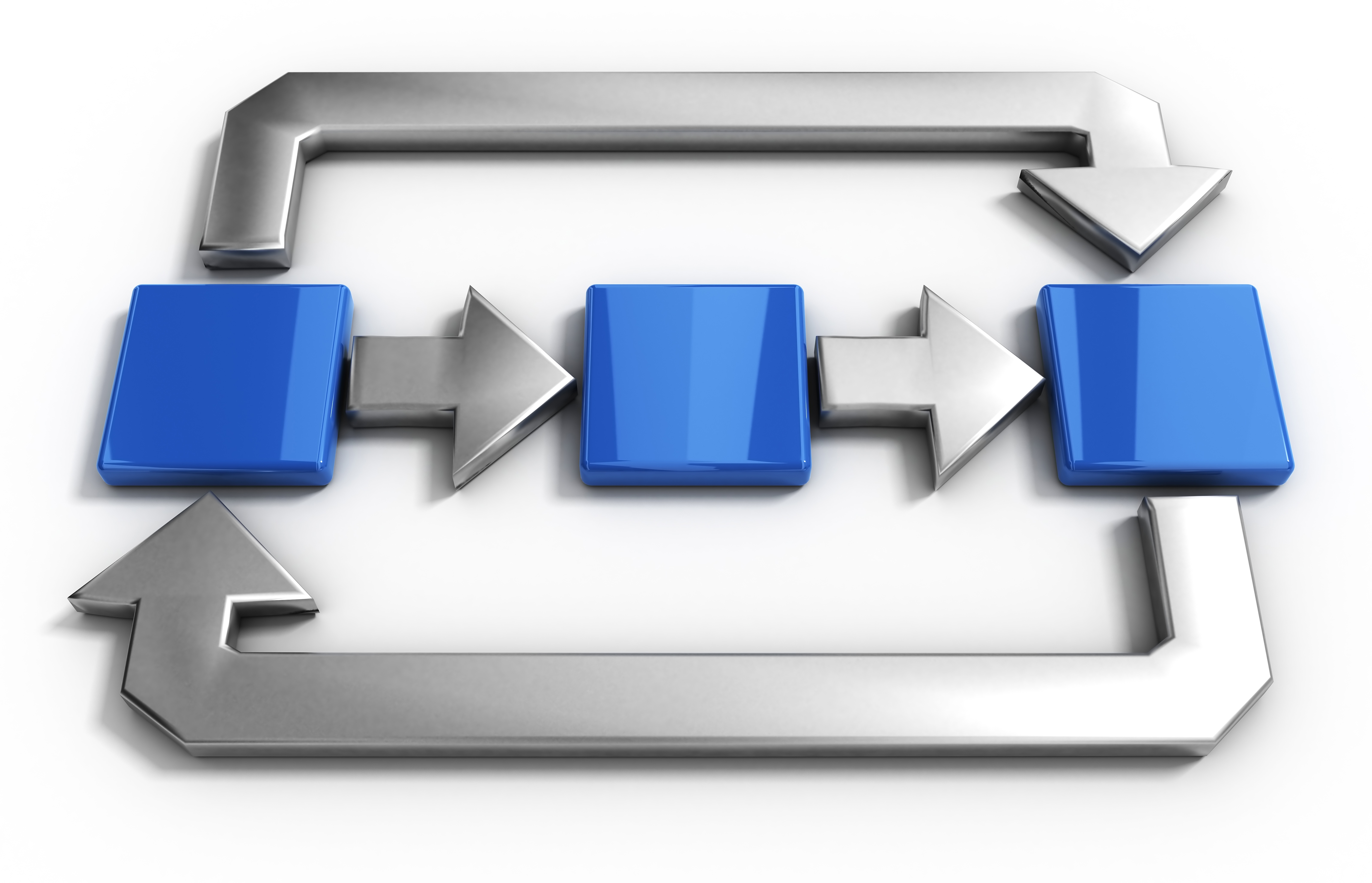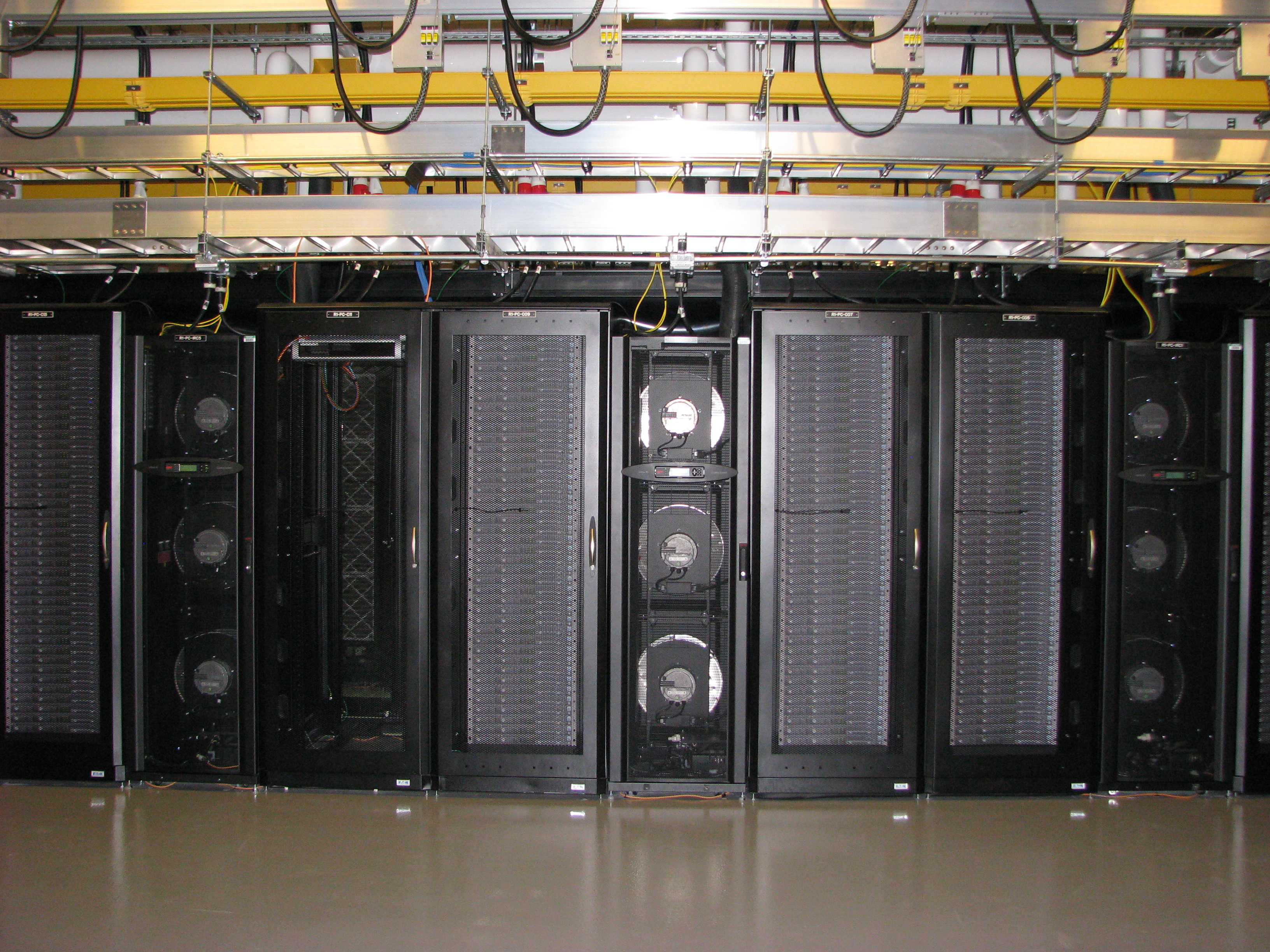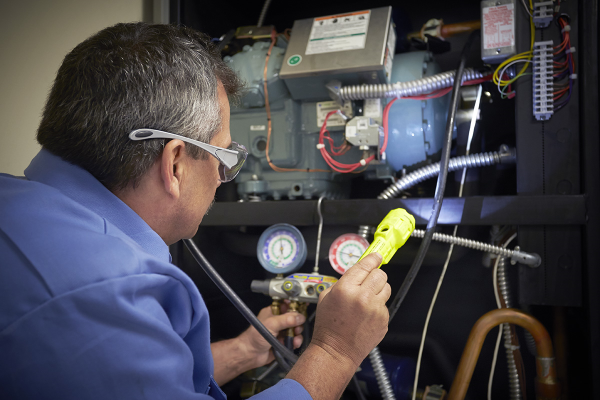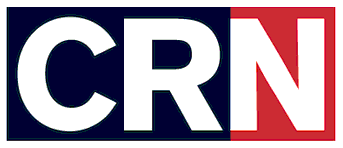H5 Data Centers is a leading privately owned data center operator with over 1,000,000 sq ft under management. They provide data center services to enterprise clients in [8] strategically located data centers in the following geographical locations:
| Ashburn, VA | Atlanta, GA |
| Charlotte, NC | Denver, CO |
| Phoenix, AZ | San Jose, CA |
| San Luis Obispo, CA | Seattle, WA |
H5 provides a variety of 3rd party data center services to corporate clients and public entities throughout theUS. Today, corporate enterprises are moving internal IT services to 3rd party providers, like H5, to capitalize on the explosion of “cloud” services [public and private] and to move to more of an Opex cost model so IT teams can concentrate on their core competency.
In 2015 and early 2016; EEC worked with H5’s team on 9 projects to increase their national footprint and improve their business strategy. EEC’s data center assessment and a design/build services enabled H5 to aggressively initiate tasks to meet these objectives. The following are two examples of how EEC’s team worked with H5 to enhance their services:
Read More



